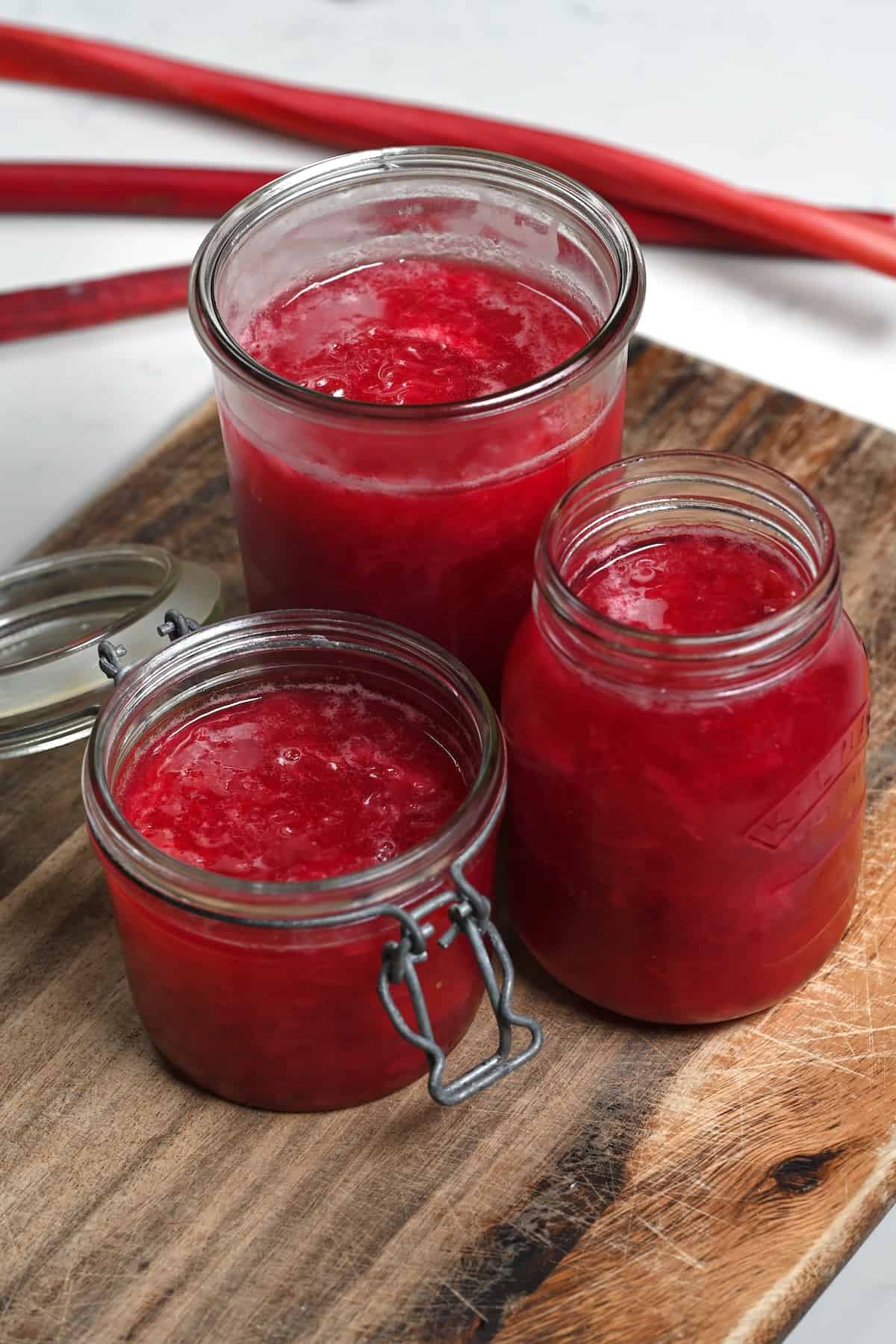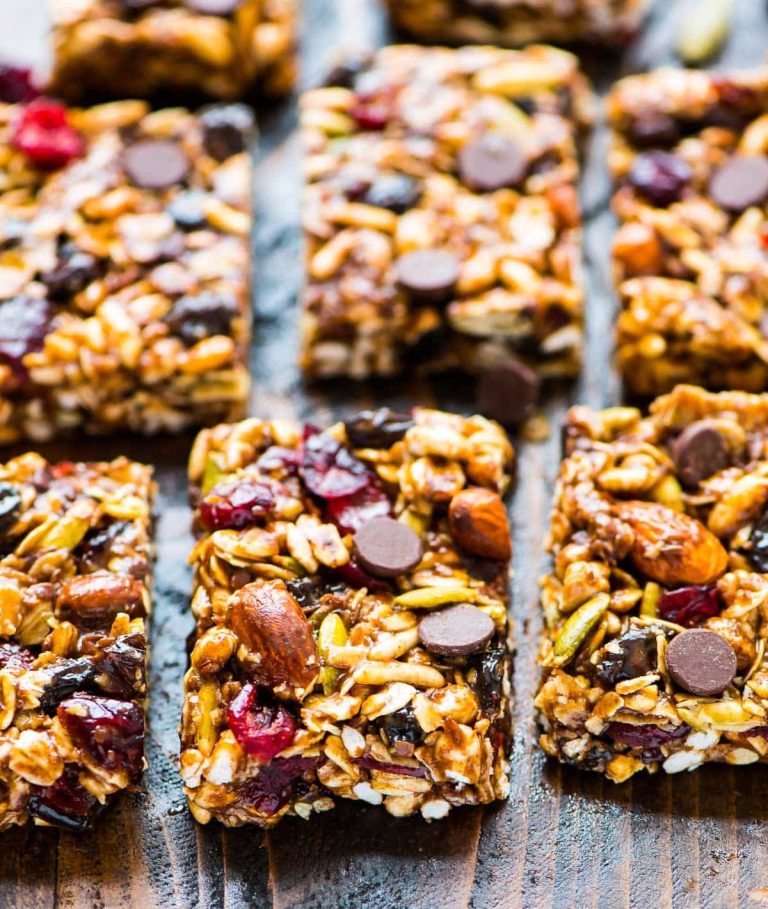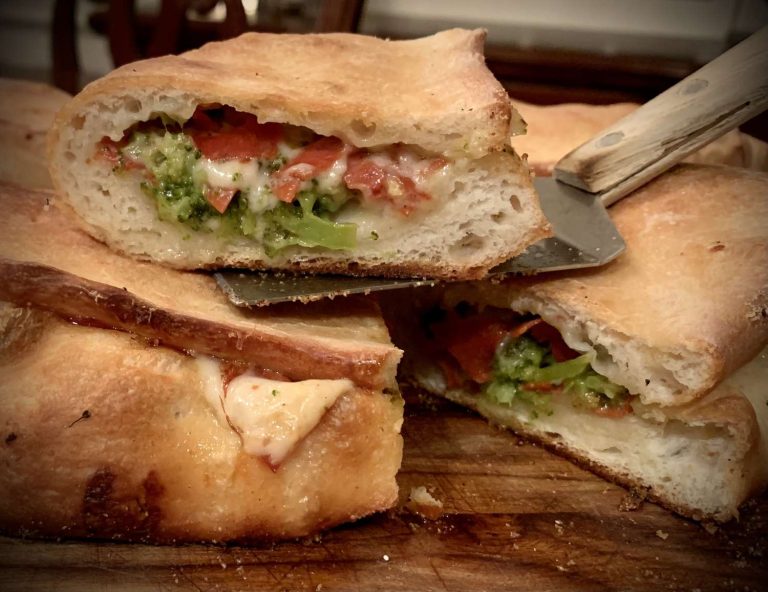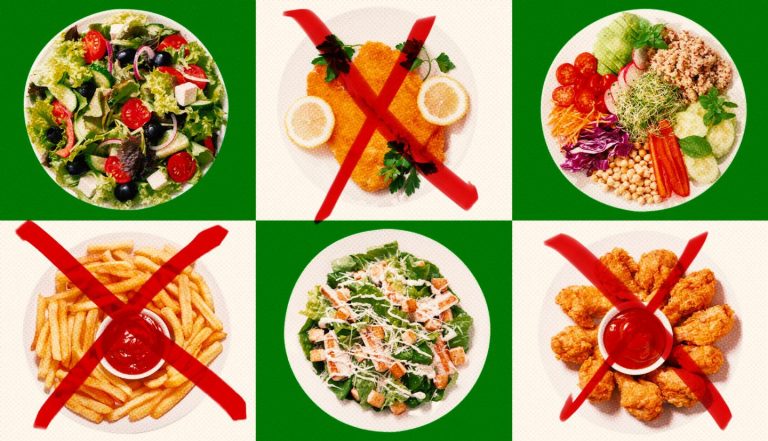Rhubarb Jam: A Simple Recipe for Delicious Homemade Spread
Rhubarb jam stands out because of its distinct tartness, which sets it apart from other fruit spreads. Unlike traditional jams which rely on heavy sweetness, rhubarb jam balances its flavor profile with a natural tanginess. This quality makes it an excellent accompaniment for both sweet and savory dishes, enhancing pastries, toast, and even roasted meats. The vibrant red color of rhubarb, when cooked, adds visual appeal to any meal. Additionally, rhubarb’s inherent pectin content helps achieve the desired jam consistency without added artificial preservatives.
Health Benefits of Rhubarb
Rhubarb offers significant health benefits, making rhubarb jam not only tasty but nutritious. Rich in dietary fiber, rhubarb aids digestion and promotes regular bowel movements. It’s packed with vitamins K and C, supporting bone health and immune function. Rhubarb also contains antioxidants such as anthocyanins and polyphenols, which combat free radicals and reduce oxidative stress. Low in calories and fat, rhubarb provides a healthy option for those monitoring their diet. Including rhubarb jam in your meals boosts nutritional intake, making it a delicious and beneficial addition to your pantry.
How to Choose the Right Rhubarb for Jam
Freshness and Texture
Select rhubarb that’s crisp and firm. Stalks should snap easily when bent and show no signs of wilting. Avoid limp or rubbery stalks as they indicate poor quality. Fresh rhubarb ensures a better jam consistency and flavor retention.
Color and Taste Notes
Opt for rhubarb stalks with a deep red hue. Vibrant red stalks usually yield a richer color in your jam and contain more anthocyanins, which provide additional antioxidants. Taste notes vary slightly; red rhubarb offers a more pronounced sweetness, while greenish stalks contribute extra tartness. Balance both for a well-rounded flavor profile.
Essential Ingredients for Perfect Rhubarb Jam
The Role of Pectin
Pectin is a natural thickening agent found in fruits. In rhubarb jam, pectin helps achieve the desired gel-like consistency. Rhubarb contains moderate amounts of pectin, which means the jam thickens without excessive cooking. Adding extra pectin is optional but can make the process easier. To ensure your jam sets properly, use commercial pectin or combine rhubarb with high-pectin fruits like apples or citrus.
Best Sweeteners for Rhubarb Jam
Sweeteners balance the tartness of rhubarb and enhance flavor. White granulated sugar is the most common sweetener used in rhubarb jam, providing a clean, straightforward sweetness. For a richer taste, consider using brown sugar, which adds a slight molasses note. Honey is another option, offering a unique floral sweetness and a more natural ingredient. Adjust the amount of sweetener based on your preference and the tartness of the rhubarb.
Step-by-Step Guide to Making Rhubarb Jam
Preparing the Rhubarb
First, wash the rhubarb stalks thoroughly under running water to remove any dirt. Then, trim both ends of each stalk, discarding any leaves, as they contain toxic substances. Cut the stalks into small, even pieces, around 1/2 inch in size, to ensure consistent cooking.
Cooking Techniques and Tips
Combine the rhubarb pieces with your choice of sweetener in a large saucepan. Stir until the rhubarb is well-coated with the sweetener, then let it sit for 30 minutes. This maceration process helps draw out the natural juices, enhancing flavor and texture.
Cook the mixture over medium heat, stirring occasionally, until it reaches a rolling boil. If you prefer a smoother jam, use a potato masher to break down the rhubarb further. Continue cooking until the mixture thickens and reaches the desired consistency, which usually takes about 20-25 minutes.
For optimum gel-like consistency, consider adding a commercial pectin or a high-pectin fruit like apples or citrus. Finally, perform a “wrinkle test” by placing a small spoonful of jam on a chilled plate. If it wrinkles when you push it with your finger, it’s ready. If not, continue cooking and test again.
Storing and Serving Rhubarb Jam
Best Practices for Preservation
Store rhubarb jam in sterilized jars to ensure a long shelf life. Ensure that the jars are thoroughly cleaned and boiled to eliminate any bacteria. Once the jam is cooked and reaches the desired consistency, pour it into the jars while still hot. Seal the jars with lids to create an airtight environment, enabling the jam to last up to a year in a cool, dark place.
After opening, refrigerate the jam. Store opened jars in the fridge and consume within three weeks for best taste and texture. Use jars with tight-fitting lids or canning jars to maintain freshness. Label the jars with the date of preparation to track their shelf life.
Creative Ways to Serve Rhubarb Jam
Spread rhubarb jam on toasted bread or scones. Use it as a topping for ice cream, yogurt, or pancakes. Mix it into plain yogurt for a flavored treat.
Incorporate it in savory dishes. Glaze meats like pork or chicken with rhubarb jam to add a tangy flavor. Use it as a condiment for cheeses, especially soft or mild variants, to enhance the taste experience.
Bake with rhubarb jam. Fill pastries or thumbprint cookies with a dollop of rhubarb jam to create delightful desserts. Add it to cake layers or mix it into frosting for added complexity.
These ideas show the versatility of rhubarb jam in both everyday foods and gourmet dishes.
Conclusion
Creating rhubarb jam at home not only captures the vibrant essence of spring but also offers a unique and versatile addition to your culinary repertoire. The tartness of rhubarb sets it apart, making it a delightful complement to both sweet and savory dishes. Its rich color and natural pectin ensure a consistent texture without artificial additives, while its health benefits make it a nutritious choice.
With simple steps and a bit of patience, you can enjoy the rewarding experience of making rhubarb jam. From the initial preparation to the final boiling and testing, each stage is crucial for achieving the perfect consistency and flavor. By following best practices for storage and exploring creative serving ideas, you’ll find endless ways to enjoy your homemade rhubarb jam.






